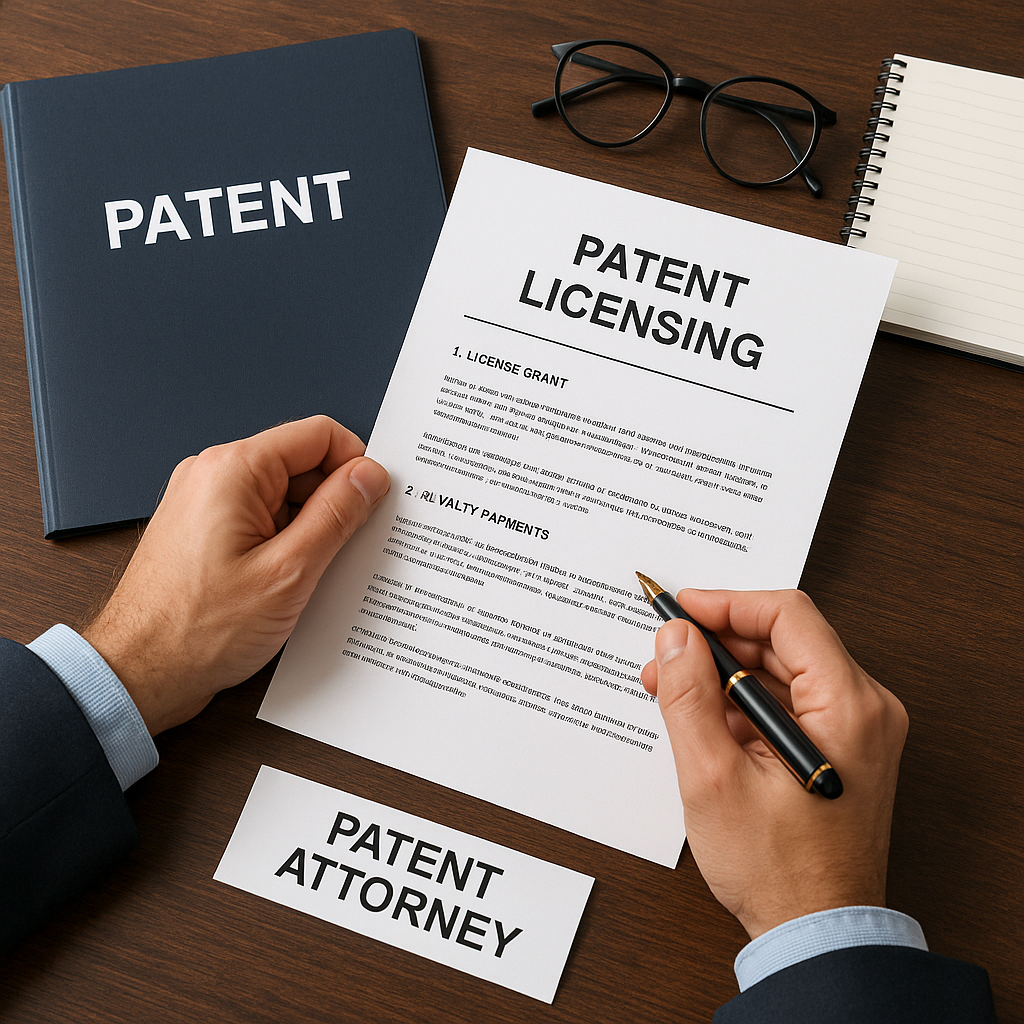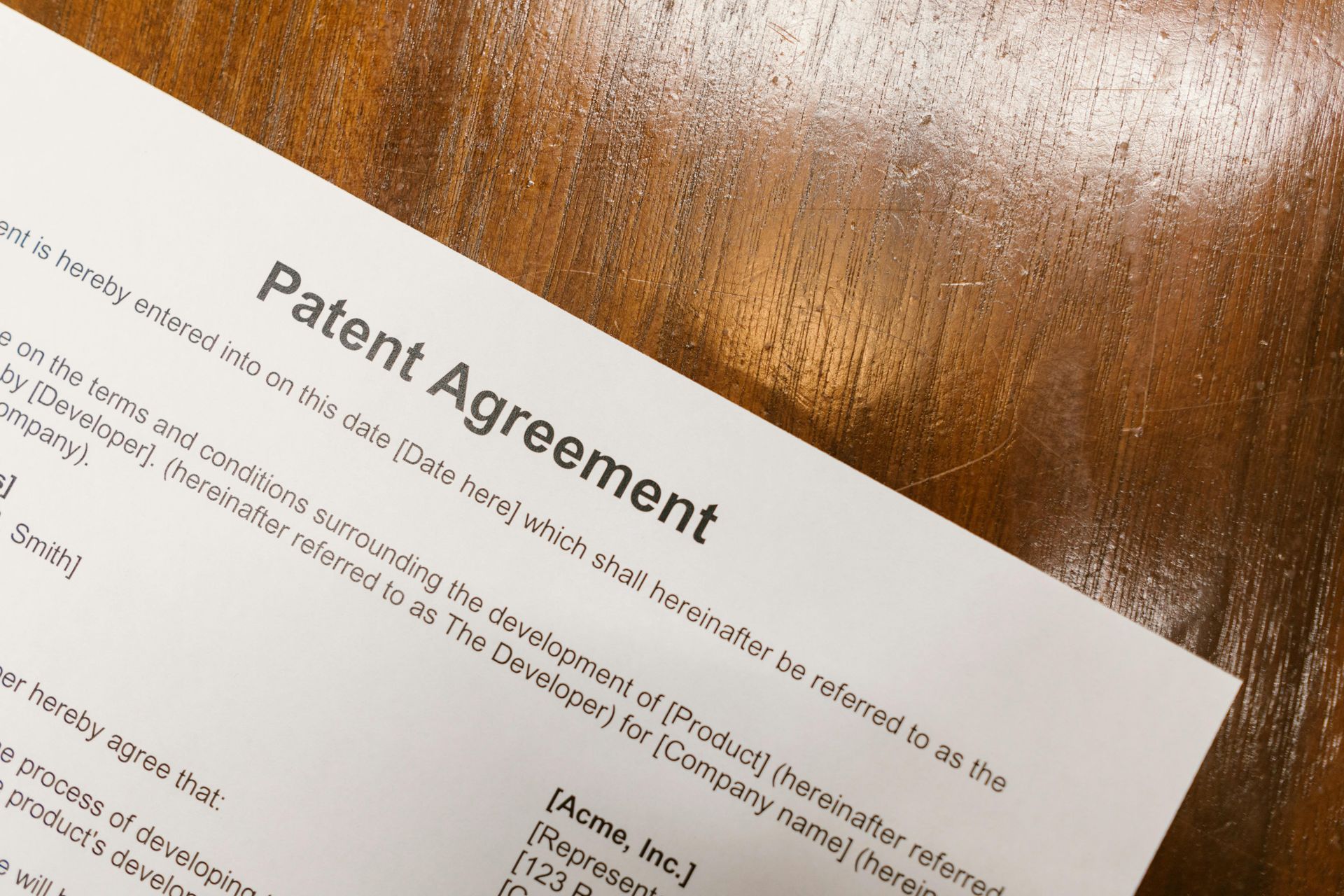Understanding the Trademark Registration Process with an Attorney
What is a Trademark and Why is it Important?
A trademark is a unique symbol, word, phrase, design, or combination thereof that identifies and distinguishes the source of goods or services of one party from those of others. Think of iconic logos like the Nike swoosh or the golden arches of McDonald’s—these are trademarks that represent the brand’s identity and reputation. Trademarks are a critical component of intellectual property, offering legal protection to businesses and individuals who want to safeguard their brand identity.
Registering a trademark provides several benefits. First, it grants the owner exclusive rights to use the mark in connection with specific goods or services. This exclusivity helps prevent competitors from using a similar mark that could confuse consumers. Second, a registered trademark enhances brand credibility and trust, signaling to customers that the business is established and professional. Finally, it provides legal recourse in cases of infringement, allowing the owner to take action against unauthorized use.
On the flip side, failing to register a trademark can expose businesses to significant risks. Without registration, it’s challenging to enforce ownership rights, leaving your brand vulnerable to infringement. Worse, another party could register a similar mark, potentially forcing you to rebrand entirely. This could lead to financial losses and a diminished reputation. To avoid these pitfalls, registering your trademark is a proactive step toward protecting your intellectual property.
The Role of an Attorney in the Trademark Registration Process
Navigating the trademark registration process can be complex, especially for those unfamiliar with intellectual property law. This is where an experienced trademark attorney becomes invaluable. Attorneys simplify and streamline the process, ensuring that every step is handled with precision and expertise.
One of the key roles of an attorney is conducting a thorough trademark search. This involves checking databases like the USPTO (United States Patent and Trademark Office) to ensure your desired trademark is unique and not already in use. Attorneys have the tools and knowledge to identify potential conflicts that might not be immediately obvious to the untrained eye.
Additionally, attorneys help avoid common pitfalls that could lead to application rejection. For example, they ensure that the trademark description is clear, the classification is accurate, and all required documentation is included. They also provide guidance on navigating the intricate legal requirements of trademark law, which can vary depending on the jurisdiction.
Legal expertise is particularly crucial when responding to office actions—formal objections or requests for additional information from the USPTO. An attorney can craft a compelling response, addressing the examiner’s concerns and increasing the likelihood of approval. With their support, you can avoid costly mistakes and delays, ensuring a smoother registration process.
Step-by-Step Overview of the Trademark Registration Process
Conducting a Trademark Search
The first step in the trademark registration process is conducting a comprehensive trademark search. This step is critical to ensure that your desired trademark is unique and does not infringe on existing marks. Attorneys use specialized tools and databases, such as the USPTO’s Trademark Electronic Search System (TESS), to identify potential conflicts. They analyze not only exact matches but also similar marks that could pose a risk.
Skipping this step can lead to significant issues down the line, including application rejection or legal disputes. By working with an attorney, you can confidently move forward, knowing your trademark is unlikely to face challenges.
Preparing and Filing the Application
Once the trademark search is complete, the next step is preparing and filing the application. This involves several key components, including:
- A clear description of the goods or services associated with the trademark.
- The appropriate classification under the USPTO’s trademark classes.
- A specimen showing how the trademark is used in commerce.
Accuracy is paramount at this stage. Errors or omissions can result in delays or rejection. Attorneys ensure that every detail is correct, from the wording of the description to the selection of the appropriate classification. They also handle the submission process, ensuring that the application meets all legal requirements.
Responding to Office Actions
After filing, the USPTO may issue an office action, which is a formal communication outlining issues with the application. These issues could range from minor technical errors to substantive objections, such as a likelihood of confusion with an existing trademark.
Responding to office actions requires a deep understanding of trademark law. Attorneys play a crucial role in crafting responses that address the USPTO’s concerns while strengthening your case. Their expertise can make the difference between approval and rejection.
Monitoring and Maintaining the Trademark
Trademark registration is not a one-and-done process. Once your trademark is approved, it’s essential to monitor its use and enforce your rights. This includes keeping an eye out for potential infringements and taking action when necessary.
Additionally, trademarks require periodic maintenance, such as filing renewal applications and affidavits of continued use. Attorneys help ensure that you remain compliant with these requirements, preserving your trademark rights for the long term.
Common Challenges in Trademark Registration and How Attorneys Help
The trademark registration process is fraught with potential challenges. Common issues include:
- Trademark Conflicts : Similar or identical trademarks already in use can lead to application rejection.
- Vague Descriptions : Poorly worded descriptions of goods or services can create confusion and delay approval.
- Improper Classifications : Selecting the wrong trademark class can result in rejection or limited protection.
Attorneys mitigate these challenges by leveraging their expertise to identify and address potential issues early. For example, they can refine your trademark description to ensure clarity and accuracy or recommend alternative strategies if conflicts arise. By proactively addressing these challenges, attorneys save you time, money, and frustration.
Costs Involved in Trademark Registration with an Attorney
Trademark registration involves several costs, including government filing fees and attorney fees. While the exact amount varies, here’s a general breakdown:
- Government Fees : Typically range from $250 to $350 per class of goods or services.
- Attorney Fees : Vary based on the complexity of the case but generally range from $500 to $2,000.
While hiring an attorney adds to the upfront cost, it’s a worthwhile investment. Attorneys help avoid costly mistakes, such as application rejection or legal disputes, which can result in additional expenses. To budget effectively, consider discussing fees and payment plans with your attorney upfront.
How to Choose the Right Trademark Attorney
Selecting the right trademark attorney is crucial to the success of your registration process. Here are some tips to guide your decision:
- Experience : Look for an attorney with a proven track record in trademark law.
- Industry Knowledge : Choose someone who understands your industry and business goals.
- Communication : Ensure the attorney is responsive and communicates clearly.
- Client Reviews : Check testimonials and reviews to gauge client satisfaction.
Working with the right attorney ensures that your trademark registration is handled professionally and efficiently. Contact Milano IP for a free case consultation to connect with experienced trademark attorneys.
Alternatives to Using an Attorney: Pros and Cons
While it’s possible to register a trademark without an attorney, there are pros and cons to consider:
DIY Trademark Registration
- Pros : Lower upfront cost, full control over the process.
- Cons : Higher risk of errors, limited legal knowledge, and potential for rejection.
Online Services
- Pros : Affordable and convenient.
- Cons : Limited customization and no legal representation.
In most cases, hiring an attorney is the best option, especially for complex trademarks or businesses with significant brand value.
Final Tips for a Successful Trademark Registration Process
To ensure a smooth trademark registration process, follow these tips:
- Conduct thorough research to confirm your trademark’s uniqueness.
- Prepare all documentation carefully, ensuring accuracy and completeness.
- Work with an experienced attorney to navigate legal complexities.
Remember, protecting your intellectual property is an investment in your business’s future. Milano IP attorneys ensure your ideas are safeguarded—so you can focus on growing your business. Contact us for Free Case Consultation.
Get a Free Case Evaluation




